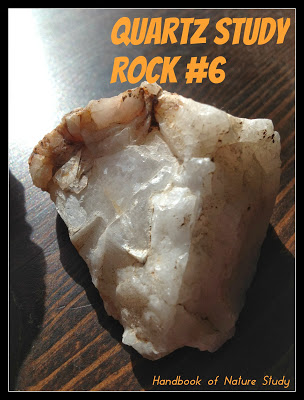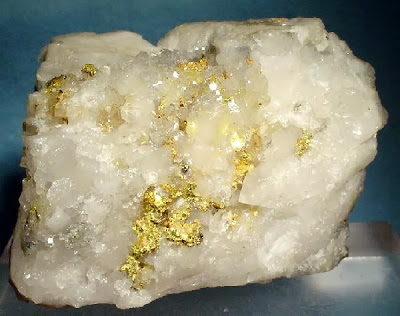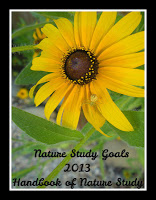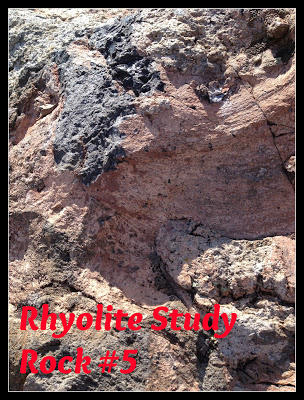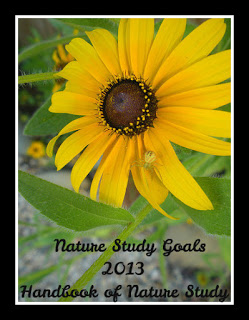We finally finished our four seasons visits to Yosemite National Park. This was our winter trip that turned out to not be so wintery at all. The temperatures were in the 50’s and we enjoyed sunshine for most of the trip.
We decided to take a hike on the north side of the Yosemite Valley where the sun is shining. The Upper Yosemite Falls Trail is just across from the lodge so that is where we began. There was very little water in the falls so we chose to go up the trail about a mile and a half and see the view from Columbia Rock.
We did see a few hikers on the trail but during the winter there are very few people to be found in the park. I think this year there are even less than normal because Badger Pass ski resort is closed so there aren’t even skiers to be found in the valley. At Columbia Rock we met with a family from England, two young college students from Korea, and a Croatian girl.
Here is the view from Columbia Rock overlooking a meadow and the lodge. In the distance Half Dome looms up and dominates the vista. We stood for a bit and gazed at the beauty and then hiked back down the four dozen or so switchbacks to the valley floor.
We started off the hike with lots of layers and by the time we reached our destination we were in shirt sleeves and sweating. It was really warm in the sun on the exposed trail.
The first of my colors in the winter color challenge is black. The Common Ravens are the bird most commonly seen and heard in this area of the park. They are black AND iridescent purple in the sunlight. Their loud and clear CRUCK CRUCK CRUCK can easily be identified. We also saw and heard other birds during our stay like the Steller’s Jay, the Nuthatch, and the Acorn Woodpecker.
In the Village you can see the browns of the trees, acorns on the ground, and the evergreens to make a winter color palette. In this photo you can see Yosemite Falls in the distance, nearly dry. As the day wears on, the falls flow a little more but in the mornings they are nearly dry.
Here is a little green lichen I spotted along the trail, landing among pine needles. The bright green really pops out this time of year when the world is filled with grays, browns, and blacks.
In spots where the sun doesn’t shine, the snow is still seen in patches. This meadow has lots of winter weeds showing through and I spotted some milkweed left from the past season.
The second day we hiked to the Merced Grove of sequoia trees. These giants really stand out in the forest with their reddish bark and large trunks. We shared this forest with the trees for a bit, sitting quietly and reveling in their ancient history.
I tried to capture what the bark looks like close up…it is soft and squishy and shreds easily. Amazing.
My husband decided this was the best way to enjoy the sequoia’s beauty…looking up at their tall stature.
So ends a complete year of Yosemite National Park visits. It has been a wonderful experience personally for me to achieve a goal and to learn a little more about one of my favorite places on earth. I feel blessed to live so near such an awesome place to get outdoors and build memories with my family.
My husband and I celebrated our accomplishment with a little pizza and Half Dome California Wheat beer at the Yosemite Lodge. Perfect ending to a fantastic day, trip, and year.
You can read about our seasonal visits to Yosemite in these entries:
Yosemite in Spring – Waterfalls and Biking
Summer Trip to Yosemite – Hikes, Wildflowers, Rocks, and More
Yosemite Autumn Trip – Panorama Trail









